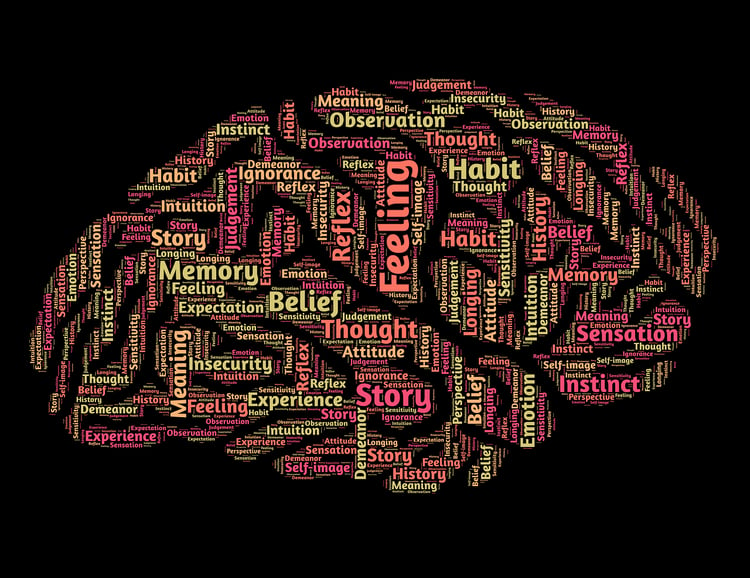
Time Management Course
Time Management
Course
Table of Contents
Understanding Time Management
Introduction to Time Management
Defining Time Management and its Importance in Personal and Professional Life
Discussing the Benefits of Effective Time Management, such as Increased Productivity, Reduced Stress, and Improved Work-life Balance
Key Concepts of Time Management
Introducing Key Concepts, including Prioritization, Goal Setting, Delegation, and Overcoming Procrastination
Providing Strategies for Identifying Time Wasters and Managing Distractions
Time Tracking and Analysis
Teaching You How to Track Your Time Using Tools like Apps or Journals
Analyzing Time Logs to Identify Patterns, Bottlenecks, and Areas for Improvement
Practical Time Management Strategies
Setting SMART Goals
Explaining the Concept of SMART Goals (Specific, Measurable, Achievable, Relevant, Time-bound)
Guiding You in Setting Clear and Actionable Goals to Align your Time Management Efforts
Prioritization Techniques
Introducing Techniques like Eisenhower Matrix, ABCD Prioritization, and Pareto Principle
Helping you Prioritize Tasks Based on Urgency, Importance, and Impact
Effective Planning and Scheduling
Teaching You How to Create Daily, Weekly, and Long-term Plans
Introducing Tools like Calendars, Task Lists, and Project Management Software for Efficient Scheduling
Advanced Time Management Strategies
Delegation and Time Optimization
Discussing the Importance of Delegation and How to Delegate Effectively
Exploring Strategies for Optimizing Time, such as Batching Similar Tasks, Setting Time Limits, and Using Technology to Automate Repetitive Tasks
Overcoming Procrastination
Identifying Common Causes of Procrastination and Ways to Overcome Them
Introducing Techniques like the Pomodoro Technique, Eat That Frog Method, and Visualization to Boost Motivation and Beat Procrastination
Stress Management and Work-Life Balance
Discussing the Relationship Between Time Management, Stress Levels, and Work-life Balance
Providing Tips for Managing Stress, Setting Boundaries, and Integrating Self-care Practices into Daily Routines
46 pages.




